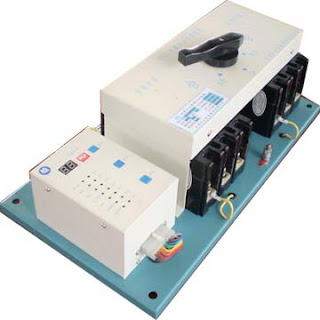SUBSCRIBE To Our Mail List To Get This Article In PDF
For more than 50 years, Tensolite, St. Augustine, Fla., has been the world leader in the design and manufacture of custom high-tech wire. NASA, Boeing, and the military rely on Tensolite to provide light, high-speed cable and wire to transfer critical data. Prior to 1994, Florida Power & Light (FPL) served Tensolite, a 1.2MW user, by one substation 10 miles away. Furthermore, pine trees surrounded the distribution lines to the company. With such a precarious electrical setup, it's no wonder Tensolite averaged 50 to 60 outages a year.
According to Jack Degnan, facilities manager at Tensolite, each outage costs the company $5,000. Since each wire project must meet extremely tight specifications, especially in regard to length, Tensolite must throw away all wire in production when an outage occurs, causing delays that can postpone projects. If that were not bad enough, power outages can damage the motors of production machinery.
Working with FPL, Degnan devised a solution. It provided Tensolite with an additional feed from the substation, as well as two 2000kVA transformers. Later, Degnan bought a 3000A, 480V, 3-phase digital static transfer switch (DSTS) to tie the system together and protect the connected equipment downstream.
Degnan considered both UPS systems and backup generators to keep the factory running, but decided on a static transfer switch because it can protect the entire facility at a lower price. He estimates the surrounding area experiences 90 to 100 outages a year. However, since installation, the DSTS has not failed once.
How can it be so successful? The DSTS selects between two or more independent AC power sources to prove the best available power to downstream electrical load. Even under a severe outage condition, the DSTS transfers to a good source from a failing source in less than a quarter of an electrical cycle (4 milliseconds). When initiating manual transfers for the purpose of performing maintenance on one of the sources, the DSTS completes the transfer in 100 microseconds. The microprocessor controls of the DSTS intelligently detect the need to transfer to a "better" AC source from a "worse" AC source long before conventional techniques.
Due to the DSTS, Tensolite has drastically reduced waste and downtime, allowing the company to stay on the cutting edge of wire and cable technology.
SUBSCRIBE To Our Mail List To Get This Article In PDF

